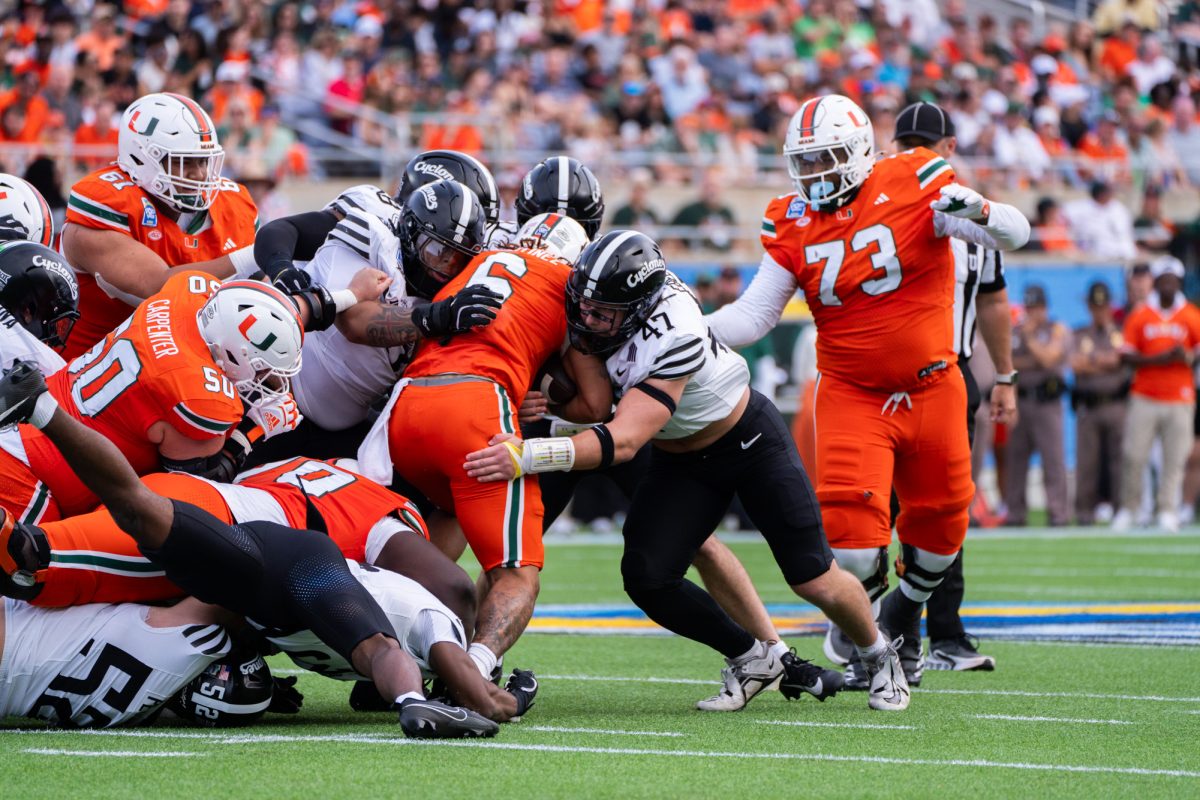Valentine’s Day has long, varied history
Valentine’s day should celebrate all friends and loved ones, not just that certain someone special. Columnist Grissom affirms everyone should appreciate love in all forms thorugh out the year.
February 7, 2013
Every Feb. 14, flowers, cards and candies are swapped between loved ones in the name of St. Valentine, but there are uncertainties as to how Valentine’s Day came to be the romantic holiday it is today.
“A lot is legend,” said Anne Clifford, associate philosophy and religious studies professor.
Clifford said that there are at least two or three different recognized saints named Valentine, all of who were martyred.
“It was a common name then,” Clifford said.
She explained that according to one legend, Valentine was a martyr in Rome during the third century under Emperor Claudius II. Valentine was a priest who sent messages of love and comfort to his family and his church via birds.
“At that time, priests could be married,” Clifford clarified.
Other legends say that Valentine performed secret marriages for lovers, going against Claudius II who had outlawed the marriage of young men; Claudius believed single men made better soldiers than men with families.
Valentine was executed Feb. 14 because of this crime.
Clifford explained that the Catholic Church does not recognize Valentine as an official saint today; instead, St. Cyril is celebrated on Feb. 14.
“Valentine was at one time listed as a saint, but in modern times we know more, and he was removed from the list of saints,” Clifford said. “It could have to do with the fact that there was more than one.”
Clifford explained that back in the third century, any martyr was immediately considered to be a saint because they gave their life for their faith.
“The actual sense of focusing on him and celebrating love on Feb. 14 really took off during the middle ages,” Clifford said.
She explained that the first association with St. Valentine and love can be traced back to the 14th century.
“During the time between The Crusades and The Plague, it was calm in Western Europe,” Clifford said.
Some websites state that people expressed their love by sending each other candies and greeting cards, known as valentines.
“I am skeptical of that,” said Michael Baily, associate professor of history. “I would guess that it’s probably about the timing.”
Bailey explained that 14th century English poet Geoffrey Chaucer wrote that Valentine’s Day is linked to its proximity to spring, a time associated with mating and rebirth.
A poem by Chaucer reads, “For this was on Saint Valentine’s Day, when every bird cometh there to choose his mate.”
Bailey believes the history of many modern traditions, like Valentine’s Day, is often hard to trace back accurately.
Today, Feb. 14 is known for being a romantic holiday and many people have Valentine’s Day traditions.
“I do not like to make a big deal out of Valentine’s Day,” said senior Amanda Hale, “But I really appreciate that my boyfriend makes an effort to recognize it.”
Hale explained that she and her boyfriend have a tradition of sharing a heart-shaped pizza, from The Great Plains Sauce & Dough Company, and a few bottles of wine together.
“It’s the perfect low-key tradition,” Hale said.
Clifford said that Valentine’s Day doesn’t have a lot to do with St. Valentine.
“I don’t think people are thinking of a martyr when they’re taking their date to dinner on Valentine’s Day,” Clifford said.







